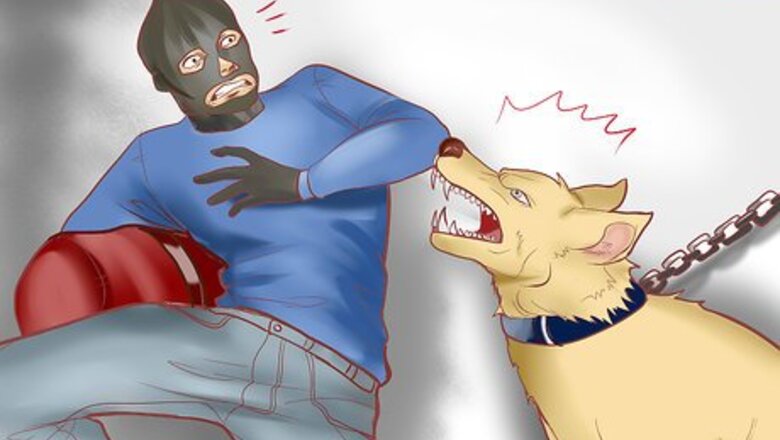
views
Determining the Right Guard Dog for You
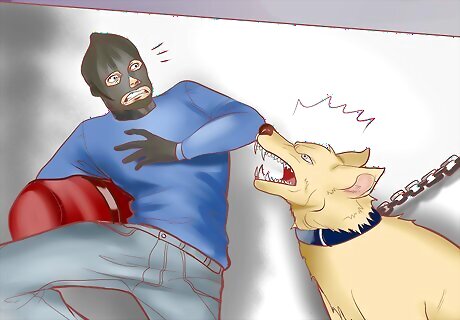
Decide why you need a guard dog. If you know why you need a guard dog, you may be able to find one that is best suited to your purposes. Guard dogs should be used to defend your home and property; they should not attack any stranger at will. Instead, they need cautious instincts to know when their family is in danger and when they are safe. You might need a guard dog to: Alert you if strangers are nearby. Protect livestock from predators. Scare away burglars or home invaders.
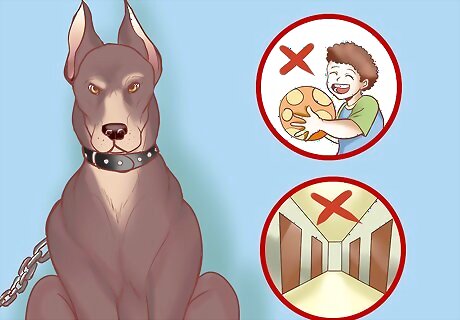
Determine if a guard dog is right for your home. Good guard dogs tend to be territorial, although they should also act aloof towards strangers. These behaviors mean that they may not be suited for all homes. A guard dog may not work well for: Homes with young children Apartments that share common hallways and walls Properties that strangers, such as utility workers or customers, must frequently access.
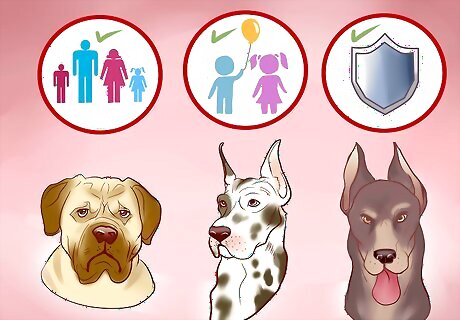
Research different breeds. Some breeds were produced for their ability to guard homes. These breeds are highly trainable, loyal, alert, and energetic. Both large and small breeds can function as guard dogs, depending on your needs. Look for a breed that is adapted for your specific purpose. Rottweilers are good for protecting homes and property. Mastiffs are good at protecting families. Great Danes are great with children. Their large size makes them menacing to strangers, but they are not an aggressive breed. They are also effective watchdogs. Great Pyrenees can guard livestock. Doberman Pinschers, bull terriers, pulis, and Rhodesian Ridgebacks also make good guard dogs. Mixed dogs can also be effective guard dogs too. While you may not be able to identify their temperament from their breed, you can still evaluate them for good guard dog characteristics.
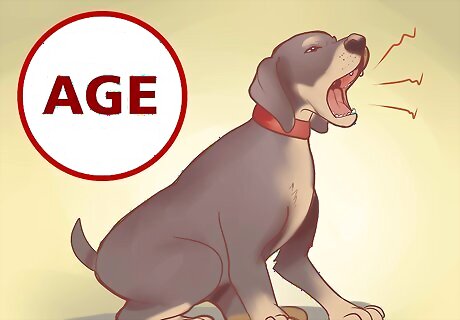
Determine what age you want. There are pros and cons to adopting either a puppy or older dog as a guard dog. A puppy will bond to your family from a younger age, giving them a stronger instinct to protect your family. That said, they may not be able to effectively guard the house until they are a couple years old. An older dog may take some time to warm up to your family, but you can start training them sooner to guard your home. Dogs do not start barking to protect their territory until they are least nine months old, and some may not start until they are three years old.

Avoid certain breeds. While many dogs have good temperaments to be a guard or watch dog, there are some breeds that generally do not work. This may because they do not bark as much, act calm or friendly around strangers, or have a high prey drive. These breeds include: Bloodhound Newfoundland Saint Bernard Basset Hound Bulldog Old English Sheepdog Irish Wolfhound Scottish Deerhound Pug Siberian Husky Alaskan Malamute
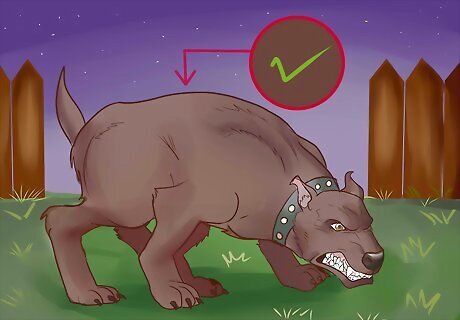
Consider a dark-colored dog. A dog with a dark or black colored coat may appear more menacing to intruders, and their ability to blend may make them more difficult to catch at night. While looking for dogs, keep darker dogs in mind.
Searching for a Guard Dog
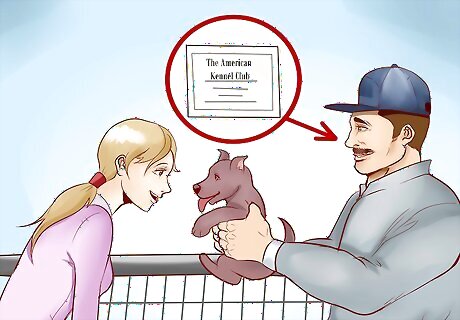
Contact breeders. Many good guard dogs are brought up within the family from a young age. This allows them to bond with their families so that they can protect them later in life. If you have identified a specific breed that you want, see if there are any local breeders. Contact them, and ask if they will have any litters of puppies available for adoption soon. Puppies bought at puppy stores are often sourced from puppy mills. You should look for a responsible breeder who has certifications and recommendations from a recognized kennel club.
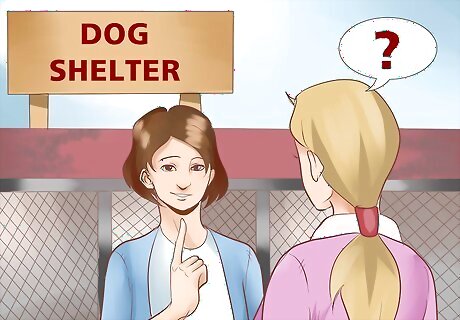
Visit dog shelters and rescue organizations. You do not necessarily need a purebred puppy to have a good guard dog. You may be able to find one at a shelter or rescue organization instead. Visit various shelters in your area to see if they have a suitable dog. When you visit, let the volunteers or workers know that you want a guard dog. Ask them if they know of any good candidates. Some rescue organizations are breed specific. This means that you may be able to adopt a purebred rescue at a much lower cost than buying a puppy from a breeder.
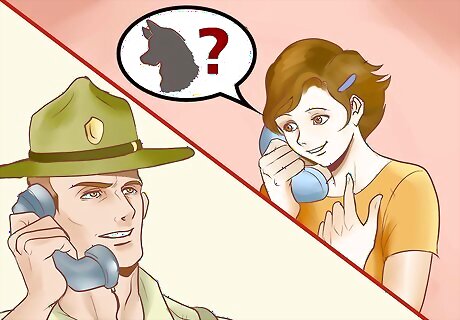
Consider adopting a former police or military dog. Sometimes military or police dogs are retired because they can longer perform their duties, but that does not mean that they cannot stop working entirely. These dogs are often already trained for security purposes. You can contact a service dog rescue organization to see if there are any good candidates available. You can look at: The Military Working Dog School Mission K9 Rescue United States War Dogs Association Keep in mind that some working dog rescue organizations may want you to sign a contract stating that you will not use these dogs for security work.
Evaluating the Dog
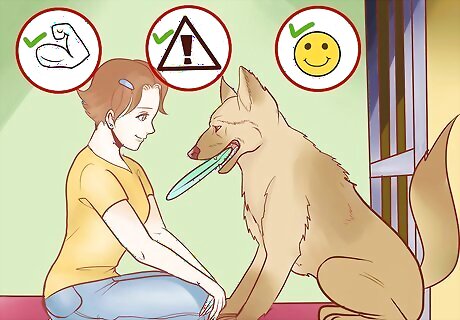
Ask to see the dog separately. Whether you are visiting a shelter, rescue, or breeder, you should try to find some time alone with the dog. Most shelters will have a separate room where you can interact and play with the dog. This will let you see if the dog has the appropriate temperament to be a guard dog. Qualities you are looking for in these dogs include: High energy Alertness Patience Confidence Assertiveness Trainability Sociability
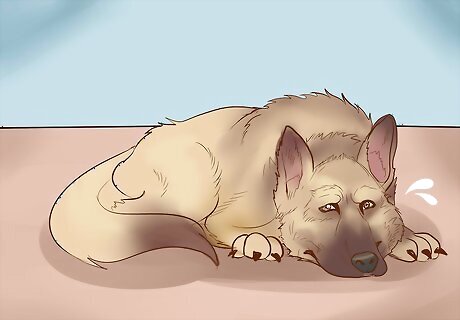
Assess their fear and anxiety. The best guard dog is one that acts friendly and calm when you’re not in danger but who can jump into action when an intruder or threat is near. A dog that acts out of fear and anxiety will become aggressive not just toward strangers but towards family members, children, and non-threatening guests. When meeting a potential dog, look for signs of anxiety or fear, such as: Licking their lips Lips pulled back Ears pressed against their skull Growling Whimpering Staring
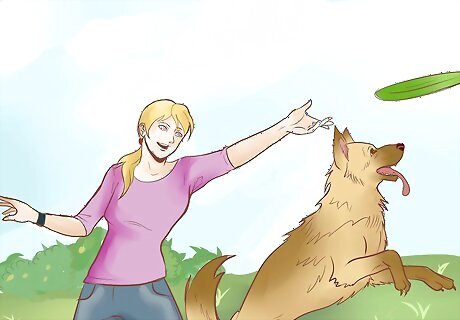
Play with them. A good guard dog will be energetic and alert. This means that they will willingly play games like fetch and tug-of-war with you. While you play with them, make sure that they are engaging with you and keeping their attention focused on you. When you are ready to end the game, they should listen to your commands to quit. Dogs that try to protect or steal toys from you may not make ideal guard dogs. Not only are they not responding to you but they may be too aggressive to be effective.
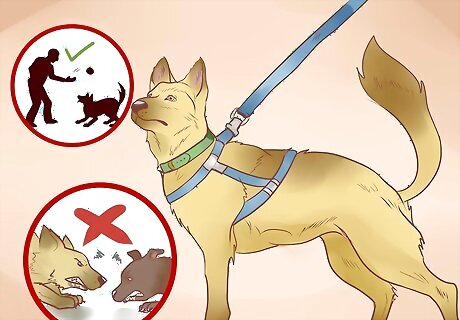
Perform a temperament test. While many people expect guard dogs to be aggressive, aggressive temperaments can make a dog a poor guard dog as the dog will attack anyone who comes near the home, not just potential threats. Instead you should try to find a dog with a responsive temperament, who will listen to commands and train easily. While visiting a potential dog, you can do a brief temperament test. Try to put a leash on the dog. The dog should let you put a leash on and will walk next to you. If the dog snarls at you or lunges at other animals or people, they may be too aggressive. When you play with the dog, the dog should engage and interact with you. They should not run away with the toys or snarl at you to protect the toys. The dog should relax when you pet them. If they run away or cower, they may be too shy to be an effective guard dog.
Bringing the Dog into your Home
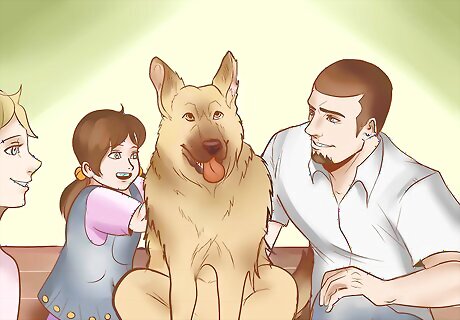
Introduce the dog to the entire family. A guard dog should be able to socialize, bond, and protect the entire family. As soon as the dog enters the house, introduce them on a leash to each person living in the home. Encourage all family members to pet and interact with the dog. This will let them start to bond with their family, and it can foster loyalty to the family soon after their arrival.
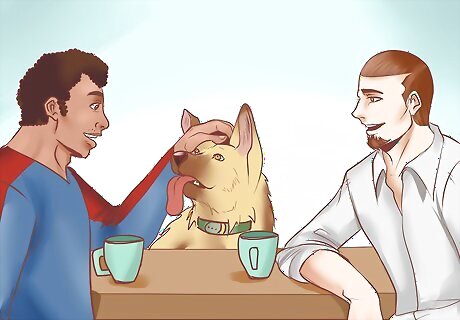
Socialize the dog. If you have a puppy, you should begin socializing them immediately. Bring different strangers into the house to meet and interact with the puppy. This will train your puppy that not all strangers are bad, and it can help them more accurately judge a bad situation, instead attacking or lunging at every single person who enters your home. A good guard dog should be aloof towards strangers. This means that they recognize strangers and may even bark at strangers, but they will not lunge towards, attack, or bite strangers. You do not have to worry about socialization reducing the effectiveness of the guard dog. Proper socialization will reduce fear and aggression in the dogs, and it will teach them the difference between a positive experience with a stranger and a negative one.
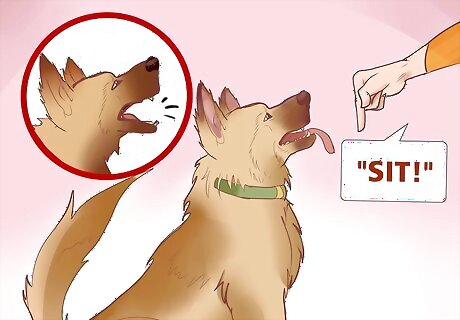
Prepare to train the dog. Guard dogs require extensive training. They should respond to simple commands. Not only should they act in situations to protect you, but they must back off once you command them to stop. Training should begin as young as possible. Use positive reinforcement, and reward the dog with treats when they do something correctly. This will give you better results than yelling or physically disciplining the dog. You will need to train your dog how to: Bark on command Stop barking on command Leave strangers alone













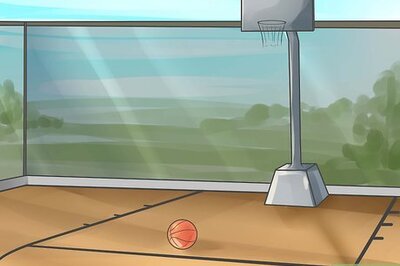




Comments
0 comment